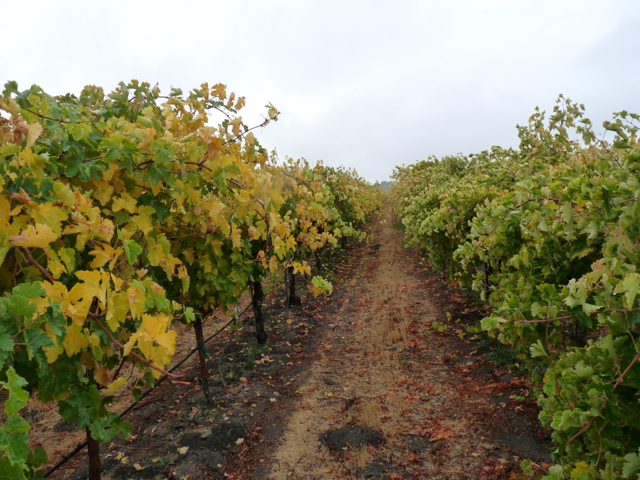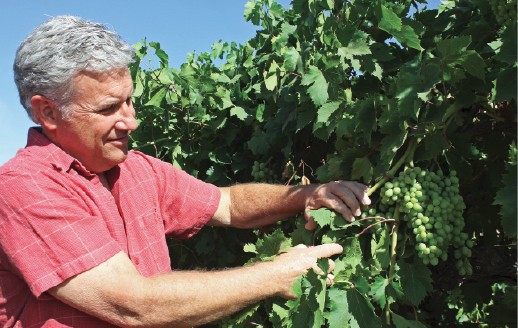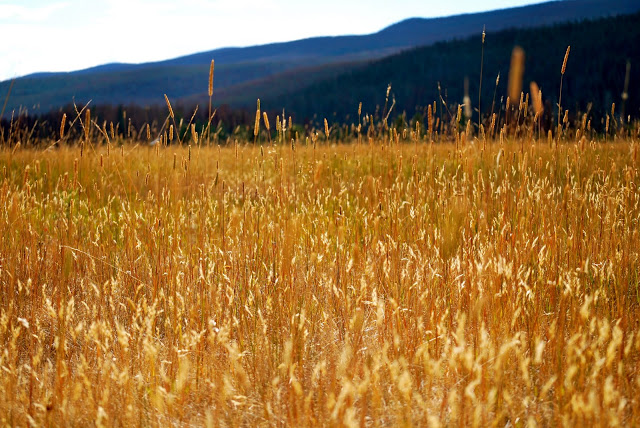Access to water proves key factor in farmland value
Source: Kate Campbell; Ag Alert
With drought adding new constraints on the state’s water supplies and farmers and ranchers increasingly turning to groundwater to sustain food production, lawmakers now are contemplating bills requiring changes to how groundwater basins are managed. If adopted, opponents said, the bills have the potential to undermine food production, reduce agricultural land values and hamper the overall economy.
Two pieces of legislation were each amended twice last week and now have identical language, requiring assessment of impacts on local ecosystems from groundwater pumping. The measures will be heard in their respective Appropriations Committees this week. The California Farm Bureau Federation and other agricultural and water organizations oppose both measures.
Jack Rice, CFBF associate counsel, warned of unintended consequences from laws that are hastily passed and implemented.
“Figuring out how to improve groundwater management in California requires figuring out the best possible solution for a highly complex problem,” Rice said. “That doesn’t mean throwing legislation together and passing it before people even have a chance to understand the implications of how a new groundwater management framework will operate. Poorly conceived and executed changes to groundwater management would be very disruptive.”
Among the issues hanging in the balance, he said, are farm and ranch land values, which depend on property rights for access to groundwater supplies, particularly when surface water supplies are unreliable due to drought, plus regulatory and water-system constraints.
In summarizing current farm and ranch real estate trends, the California Chapter of the American Society of Farm Managers and Rural Appraisers concluded in its 2014 trends assessment that acute drought threatens many growers this year, and long-term water policy will have long-term ramifications on the farm and ranch sector.
In a presentation to agricultural land appraisers this spring, the association said “property in areas with threatened ground and surface water is at risk, but property in areas with good water will continue to be attractive.”
Rice said discussions about potential changes to groundwater management raise questions about the ability of affected property to sustain anticipated cash flow.
“Those kinds of uncertainties can have an impact on the value of underlying assets, such as land values, property improvements and equipment,” he said.
The Salinas Valley, which produces much of the nation’s fresh produce, is in a unique situation, according to Monterey County Farm Bureau Executive Director Norm Groot.
“We’ve been working for the past 60 years to manage our water resources—addressing everything from groundwater management and saltwater intrusion to surface supplies and flood control,” he said.
Because landowners have been engaged on many issues at the local level, Groot said, “we think another layer of regulation from the state will only hinder what we’re doing. It’s a hindrance we don’t need.”
Tony Toso, a Mariposa County rancher and professional farm and ranch land appraiser, said land appraisal values are based “on what has occurred in the rearview mirror,” but that how well water is managed at the local level has an impact on values.
“The market is going to start telling me as an appraiser what’s happening to land values in specific irrigation districts and groundwater basins based on reliability and quality of water supplies,” said Toso, who is a CFBF director.
“We do know groundwater is essential to ensuring a consistent agricultural land value,” he said. “Everyone knows that land without water isn’t worth much.”
Overall, appraisers said California farm and ranch land prices have held steady. However, rangeland without access to water has seen a decline in recent years.
Experts warned that not getting groundwater regulation right has the potential to strip some of California’s best farmland of its productive use and set off a decline in asset values.
“It’s hard to prove something that could happen in the future,” Toso said, “but if you don’t analyze water supply problems right, if regulations aren’t implemented right, if it’s turned into an emotional issue, then asset values could start heading for zero.”
Changes to groundwater management regulations could have a “huge” effect on local economies, said Tod Kimmelshue, a senior lender with Northern California Farm Credit, who explained that agricultural lenders always take into account water quantity and reliability for farm operations.
The question lenders need to determine, he said, is what is the highest and best use of a piece of land.
“Farmers need to be heavily involved in deciding who determines beneficial use,” said Kimmelshue, who is a past CFBF director. “It’s important for groundwater users to start monitoring how much water they’re using so they can document how much water they need for beneficial use.”
He said lenders are requiring increasingly more information on a property’s wells and access to groundwater, adding, “It’s a huge part of the collateral we consider when making individual lending decisions. But the impact of poorly designed groundwater management regulations could extend beyond affecting agricultural land values; there could be a ripple effect that moves through local economies from reduced property and business tax revenue and local jobs.”
















